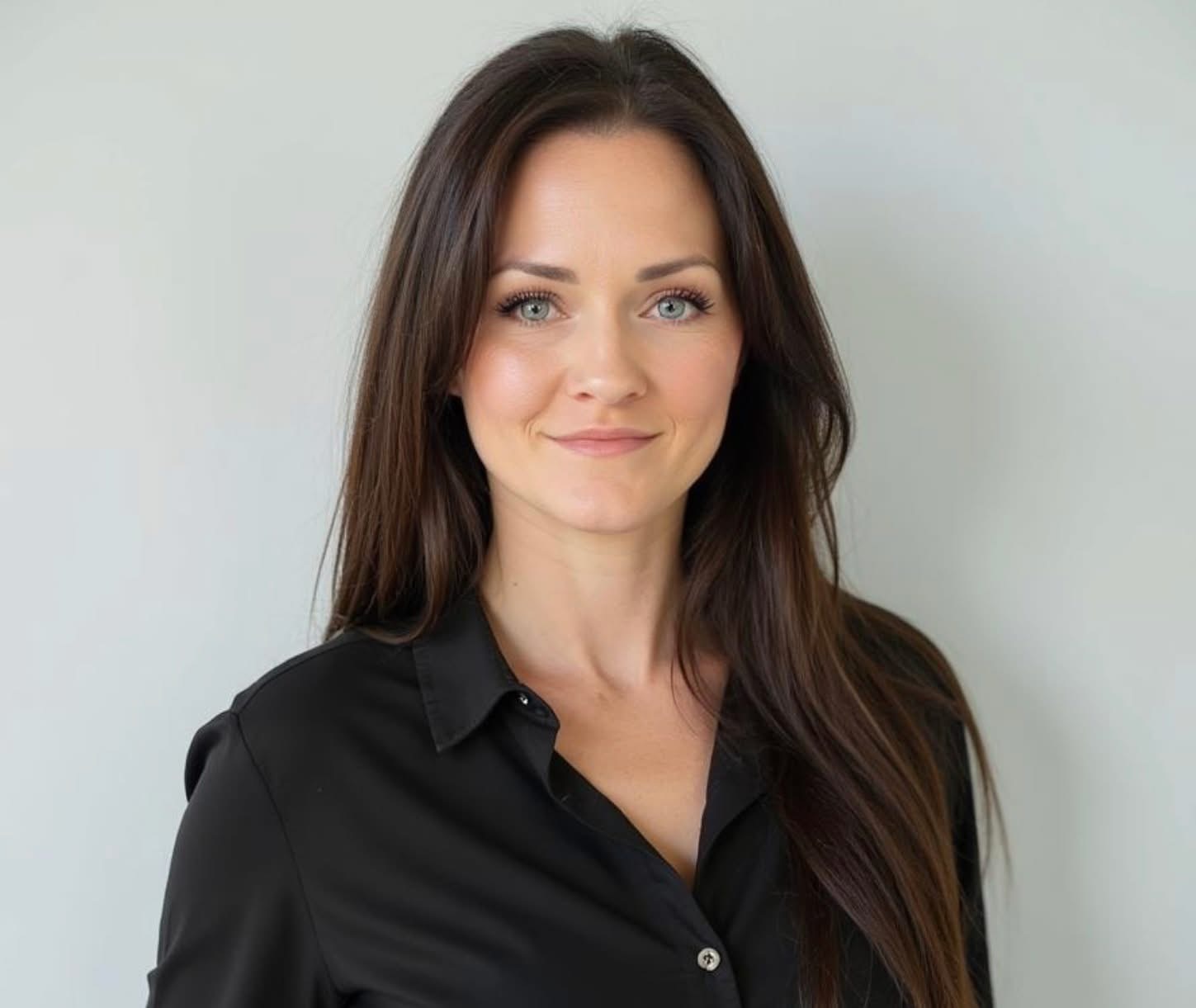Overcoming Limiting Beliefs: How to Identify and Break Free from Self-Imposed Limits
- Tracy Buckholz
- Dec 13, 2024
- 4 min read
Updated: Dec 21, 2024

Overcoming Limiting Beliefs: How to Identify and Break Free from Self-Imposed Limits
Have you ever found yourself thinking, “I’m not good enough,” or “I could never do that”? These are the limiting beliefs that many of us carry with us every day, often without even realizing it. Limiting beliefs are deep-rooted assumptions or thought patterns that constrain our ability to take action, achieve goals, or even believe in our potential. They may seem like small thoughts, but over time, they can dictate the course of our lives.
In this post, we’ll explore how to identify limiting beliefs, the impact they have on your personal and professional growth, and, most importantly, how to break free from them.
What Are Limiting Beliefs?
Limiting beliefs are the stories we tell ourselves about who we are, what we are capable of, and what we deserve. They often originate from early life experiences, societal conditioning, or past failures that we’ve internalized as truth. These beliefs typically fall into categories like:
Self-doubt: "I’m not capable of handling this."
Unworthiness: "I don’t deserve success or happiness."
Fear of failure: "I’ll fail, so it’s better not to try."
Perfectionism: "I have to do it perfectly or I’m a failure."
These beliefs often form the mental barriers that limit our potential. For example, if you believe you’re not “good enough,” you may hold back from pursuing opportunities that could propel you forward. Or, if you’re afraid of failure, you might avoid trying new things altogether.
How to Identify Limiting Beliefs
The first step in overcoming limiting beliefs is to identify them. This is often the hardest part because these beliefs are deeply ingrained in our subconscious mind. Here are a few ways to start:
Pay attention to your self-talk.
Start listening to the thoughts that arise when you face challenges. Do you often think, “I can’t do this,” or “I’ll never be good enough”? These thoughts are signs of limiting beliefs. Write them down.
Journaling exercises.
Journaling is a powerful tool to uncover your hidden beliefs. Try asking yourself questions like:
What do I believe about my abilities?
Are there any recurring fears or doubts in my life?
What has past failure taught me about my limits?
Reflecting on these questions will reveal common themes or patterns in your thinking.
Recognize patterns in your life.
Often, limiting beliefs will appear in multiple areas of your life. For example, if you fear failure, you might avoid taking risks at work, not apply for promotions, or stay in unfulfilling relationships.
Breaking Free from Limiting Beliefs
Once you've identified your limiting beliefs, it’s time to challenge and reframe them. This process involves changing the way you think and taking action despite your fears. Here are several strategies to help you break free:
Challenge the belief.
Ask yourself, “Is this belief actually true?” Often, limiting beliefs are based on false assumptions or outdated experiences. For example, just because you failed in the past doesn’t mean you’ll fail again in the future. Challenge your beliefs by looking for evidence that contradicts them.
Reframe the belief.
Reframing involves changing a negative belief into a more empowering one. For example:
Limiting belief: “I’m not good enough to succeed.”
Reframed belief: “I have the ability to learn, grow, and achieve success, even if I have to fail along the way.”
Affirmations and positive self-talk.
Replacing negative thoughts with positive affirmations is a powerful way to shift your mindset. For example, when you catch yourself thinking “I’m not capable,” replace it with “I am capable of learning and growing from every experience.” Consistent practice will help reprogram your brain over time.
Take action despite fear.
Action is the antidote to fear. When you face a limiting belief, take small steps toward what you’re afraid of. The more you face your fears, the less power they hold over you.
How Coaching Can Help You Overcome Limiting Beliefs
Sometimes, breaking free from limiting beliefs can be challenging to do on your own. This is where a coach can help. As a coach, I work with clients to uncover hidden beliefs, challenge them, and develop new ways of thinking. Through guided conversations, you can:
Gain clarity on your beliefs and how they’re holding you back.
Get support in reframing negative thoughts into empowering beliefs.
Build a personalized action plan that will help you take consistent steps toward your goals.
A coach also provides the accountability and encouragement needed to keep you on track and ensure that you don’t slip back into old patterns.
Limiting beliefs can prevent you from achieving your full potential, but with the right tools and strategies, you can break free from them. By challenging your beliefs, reframing your thoughts, and taking action, you can open yourself up to new possibilities and greater success. If you’re ready to break free from your limiting beliefs and achieve your goals, consider reaching out for a coaching session. Together, we’ll create the mindset and action plan you need to move forward with confidence.




Comments